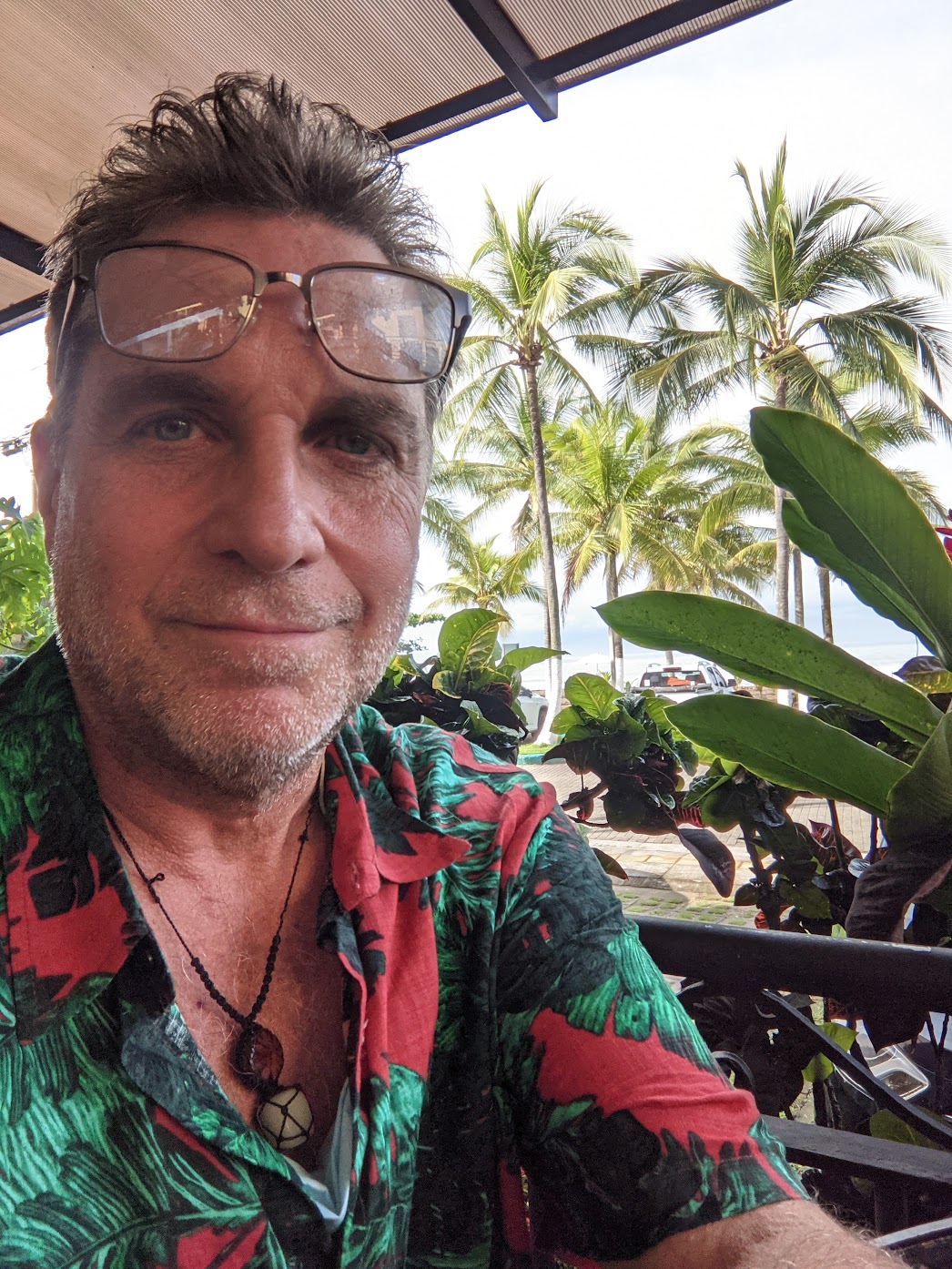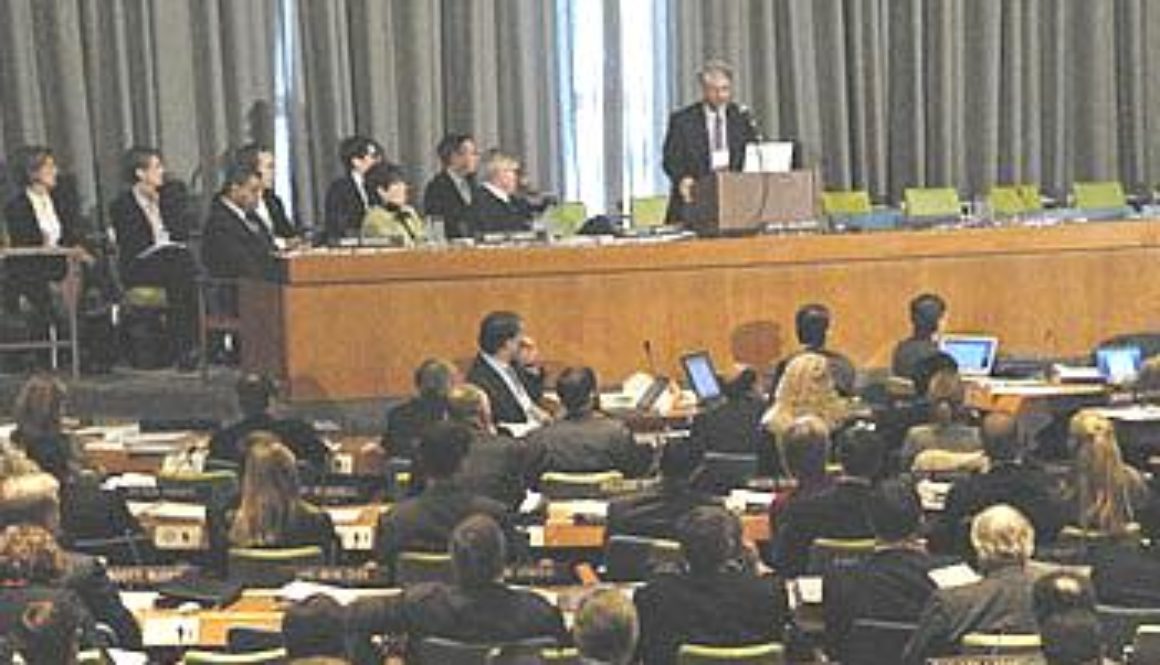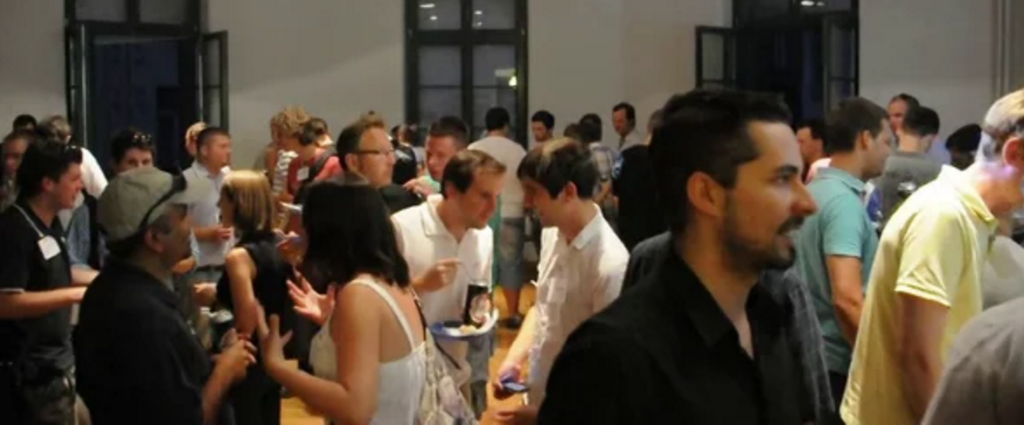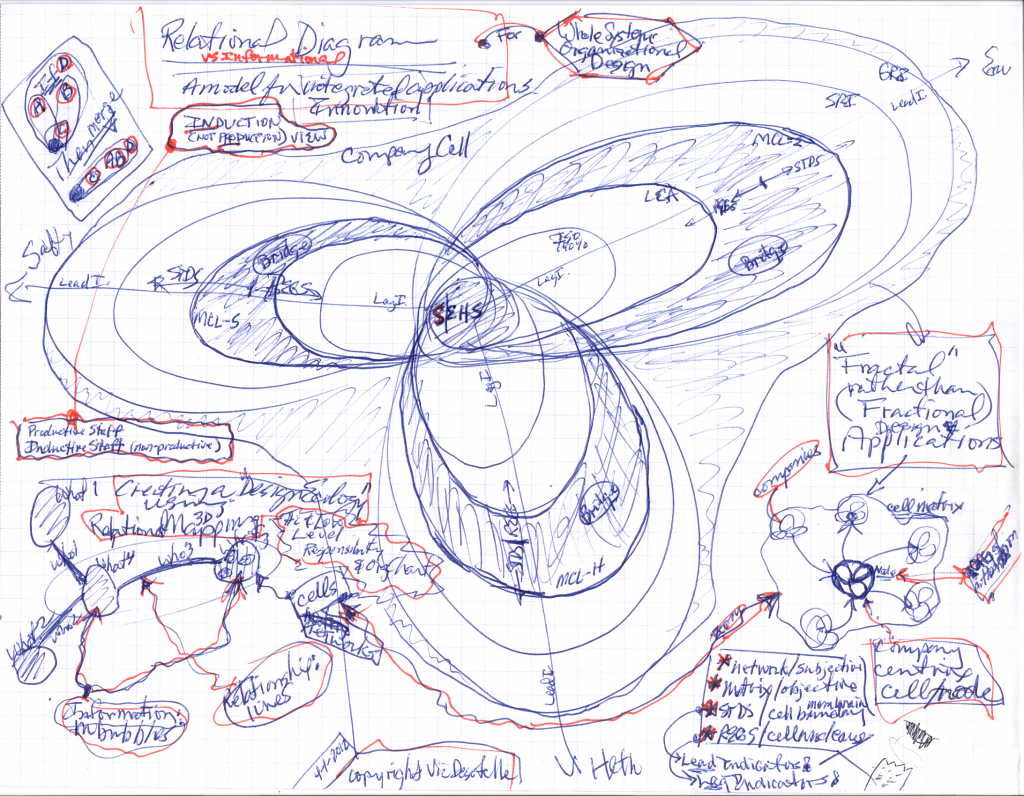Creating a Learning Exchange Marketplace
Learning Exchange Markets uncover hidden innovation which is often at the fringes of an organization.
Within a Learning Exchange Market, a shift of emphasis occurs between the participants from debates and discussions to generative dialogue, which must be in place for true forms of sustainable innovation to emerge. During the learning exchange process, multiple conversations – both strategic and envisioning, are allowed to occur at the same time.
This approach actually accelerates results toward action-oriented activities while also empowering the individuals who will become responsible for the deliverables. It works miracles for companies working on becoming a learning organization. And your idea can’t get bagged or pushed aside!
.
One of the primary tools applied to Learning Exchange Markets is called ‘Open Space’ …..
The ‘Open Space Technology’ Concept
(as described from Co-Intelligence Inst.)
” In my experience open space is based on the belief that we humans are intelligent, creative, adaptive, meaning- and fun-seeking. It sets the context for such creatures to come together knowing they are going to treat each other well. When this happens there is no limit to what can unfold.” Alan Stewart
Open Space Technology was created in the mid-1980s by organizational consultant Harrison Owen when he discovered that people attending his conferences loved the coffee breaks better than the formal presentations and plenary sessions. Combining that insight with his experience of life in an African village, Owen created a totally new form of conferencing.
Open Space conferences have no keynote speakers, no pre-announced schedules of workshops, no panel discussions, no organizational booths. Instead, sitting in a large circle, participants learn in the first hour how they are going to create their own conference. Almost before they realize it, they become each other’s teachers and leaders.
Anyone who wants to initiate a discussion or activity, writes it down on a large sheet of paper in big letters and then stands up and announces it to the group. After selecting one of the many pre-established times and places, they post their proposed workshop on a wall. When everyone who wants to has announced and posted their initial offerings, it is time for what Owen calls “the village marketplace”: Participants mill around the wall, putting together their personal schedules for the remainder of the conference. The first meetings begin immediately.
Open Space is, as Owen likes to say, more highly organized than the best planning committee could possibly manage. It is also chaotic, productive and fun. No one is in control. A whirlwind of activity is guided from within by a handful of simple principles.
[For managers with concerns for loss of control, the principles below will seem ridiculous, and the Open Space approach may drive you crazy – but only for awhile … Once you see how much work actually gets done, and how happy everyone is while doing this process, you’ll never have a (so-called) normal meeting again!]
The ‘Open Space’ Principles:
1. Passion & Responsibility: The most basic principle is that everyone who comes to an Open Space conference must be passionate about the topic and willing to take some responsibility for creating things out of that passion.
2. Whoever comes are the right people.
3. Whatever happens is the only thing that could have.
4. Whenever it starts is the right time.
5. When it is over it is over.
6. The Law of Two Feet (see below):
“If you find yourself in a situation where you aren’t learning or contributing, go somewhere else” (or move to another level of awareness and participation). This law causes some participants to flit from activity to activity. Owen rejoices in such people, calling them bumblebees because they cross-pollinate all the workshops. He also celebrates participants who use The Law of Two Feet to go off and sit by themselves. He dubs them butterflies, because they create quiet centers of non-action for stillness, beauty, novelty or random conversations to be born.
– – – – – –
Open space conferences can be done in one day or less, but the most powerful go on for two or three days, or longer. Participants gather together briefly in the morning and the evening to share experiences and announce any new workshops they have concocted. The rest of the day is spent in intense conversation. Even meals are come-when-you-can affairs that go on for hours, filled with bustling dialogue. After a few days of this, an intense spirit of community usually develops that is all the more remarkable considering that participants are all doing exactly what they want.
.
Open Space conferences are particularly effective when a large, complex operation needs to be thoroughly re-conceptualized and reorganized — when the task is just too big and complicated to be sorted out “from the top.” On the assumption that such a system contains within it the seeds of everything that needs to happen with it, Open Space provides it with an opportunity to self-organize into its new configuration. For this to work, however, the system’s leaders must let go of control so that true self-organization can take place.
Open Space Technology is also a delightful, useful tool for any group of people who are really interested in exploring something that they all care deeply about, and is one of the simplest, most brilliant combinations of order and chaos that I have yet found. It has been applied in thousands of meetings around the world with between five and one thousand participants. It can be effectively used by virtually anybody. Owen has provided excellent instructions in his books, below.
- Resources: H. H. Owen and Co., Open Space Institute, The Co-Intelligence Institute
- Books: Open Space Technology: A User’s Guide, Expanding Our Now: The Story of Open Space Technology, Harrison Owen, The Millennium Organization
.
+ + + + + + + + +
HOW TO CREATE A LEARNING EXCHANGE MARKETPLACE
(by Discovery Fuel)
Download The Design Packet For Creating Your Own Learning Exchange Marketplace
Learning Exchange – SCHEDULE
(3 1/2 hour evening sample)
6:15 Check Bulletin Board for Announcements
6:30 Mission Statement
6:40 Brief Introductions
6:50 How It Works
7:00 The Exchange Market
7:30 1st Period Sessions
8:00 2nd Period Sessions
8:30 Share Learning
9:00 End
Learning Exchange – PROCESS
1. Write Down Session Proposals
2. Questions are as Appropriate as Answers
3. Verbally Announce Your Session
4. Post Session on Schedule Wall
5. Combine Proposals, Negotiate Times
6. Period A Sessions Begin, Take Notes
7. Integrate Notes into One Report
8. Period B Sessions Begin, Keep a Log
9. Integrate Notes into One Report
10. Note Sessions A and B may be Merged
11. Group Reporting of Sessions Begins
12. Bulletin Board To Post Ideas, Notices
13. Info Exchange meetings are bi-weekly.
14. Results Incorporated at Bi-weekly Strategy Meetings and Continued at Next Info Exchange Meeting
Learning Exchange – PRINCIPLES
· Whoever comes is right. Whatever happens … happens.
· Leave personal status outside. Bring ideas and knowledge inside.
· Be passionate about the topics. Take responsibility for creating things out of that passion.
· Law of Two Feet: If you aren’t learning or contributing, increase participation, or move to another session.
· Stay focused on topic
· One person talking at a time
· Shift ‘Yeah-But’ responses to ‘YES-AND’
· Listen with empathy, suspend judgment
· Encourage & build on the wild ideas of others.
+ + + + + + + + +
Download Discovery Fuel’s Design Packet for creating a Learning Exchange Marketplace.
For more information contact us for a chat.
+ + + + + + + + +










 Your money or your life:
Your money or your life: